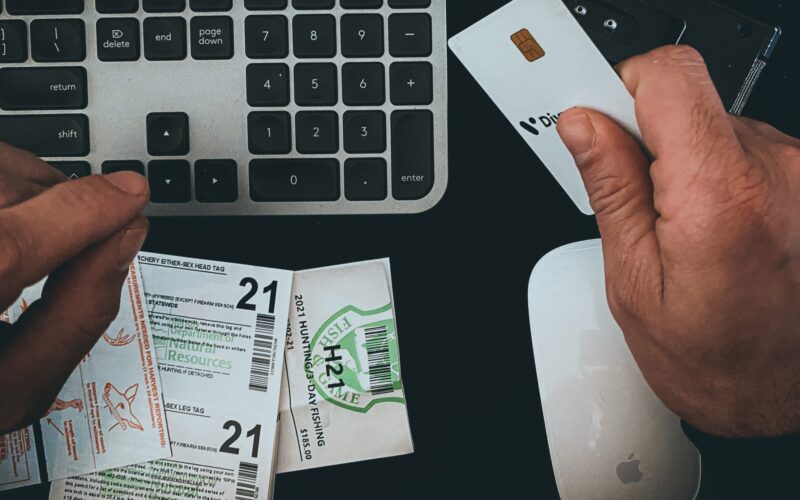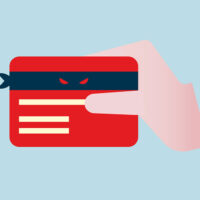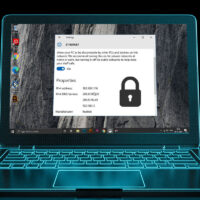How To Hunt Down And Eliminate Scammers


The best way to solve this problem is to contact your local “Smart Money” advertising agency. After all, they are the ones who licensed the work. But check into it before you do anything. Ask them how long it would take them to put together your money. And check into it again after they do it. If they take forever or put things together quickly, you may not want to do business with them. Also, try to build up a good reputation for yourself on the Internet. By doing this, you will:
And now, the final step in your search for an online scam. Remember that once you have checked all of the possible scams, you still may run across one. Check into it. And if you run across one, take note of it. Report it to the authorities, just to burn track. And if necessary, contact an attorney. Breach of copyright is supposedly the least that can happen.
Keep your computer system safe and secure.
Don’t get into unnecessary trouble with scammers.
For scamming to succeed, you first must avoid
This century has seen an uninterrupted march of the human race from primitive tribe members to space aliens. From the time of the cave drawings of Africa’s cave dwellers, the art of making cave art has been passed from one remote location to another. From drawings by cave artists on cave walls to computer-animated films on the space tube network, computer artists are now as diverse as the people who once created those drawings. Amazingly, for a person to produce a work of art, these cave artists have, time and again, been freed from the strictures of time and location.
As you can see, the physical cave has been broken, and cartographers have moved on to other matters. But the carvings have been kept. The skill of the artist has not slipped away.
Yet the technology that allows us to see those cave pictures has slipped from our grasp. It has become easy to steal and stitchery pictures of others’ work. The theft of technology has become a common crime. Hardly is it a crime anymore; therefore, there is no reason to linger on it.
It makes no sense to keep art theft as a crime with few concrete results. Let’s concentrate on preventing it instead.
There are a variety of ways to protect your artwork from being thieved. Start with the basics. Protect your user name and password. Change them often. That means once you decide on a new password, you should change it before you decide to use it. That’s it. In other words, be unpredictable. Also, suppose you have a special relationship with your user, like being his/her art supplier or employee (since the latter will have access to the rendering machine). In that case, you may want to conceive that the computer artist has a secret code word that will make the website or machine safe for allowed use only after certain responses are received.
In any case, when the artist and the mechanic of the rendering machine are sharing the material, there is a huge possibility that crucial information will leak out. So, in order to avoid this, it is important to have a very efficient digital protection for digital goods.
The question is, where do we even begin? With what do we protect artists? With what tools? Let’s remember that the best defense will be a good offense. If you want to start protecting your digital property, take a leap of faith.





